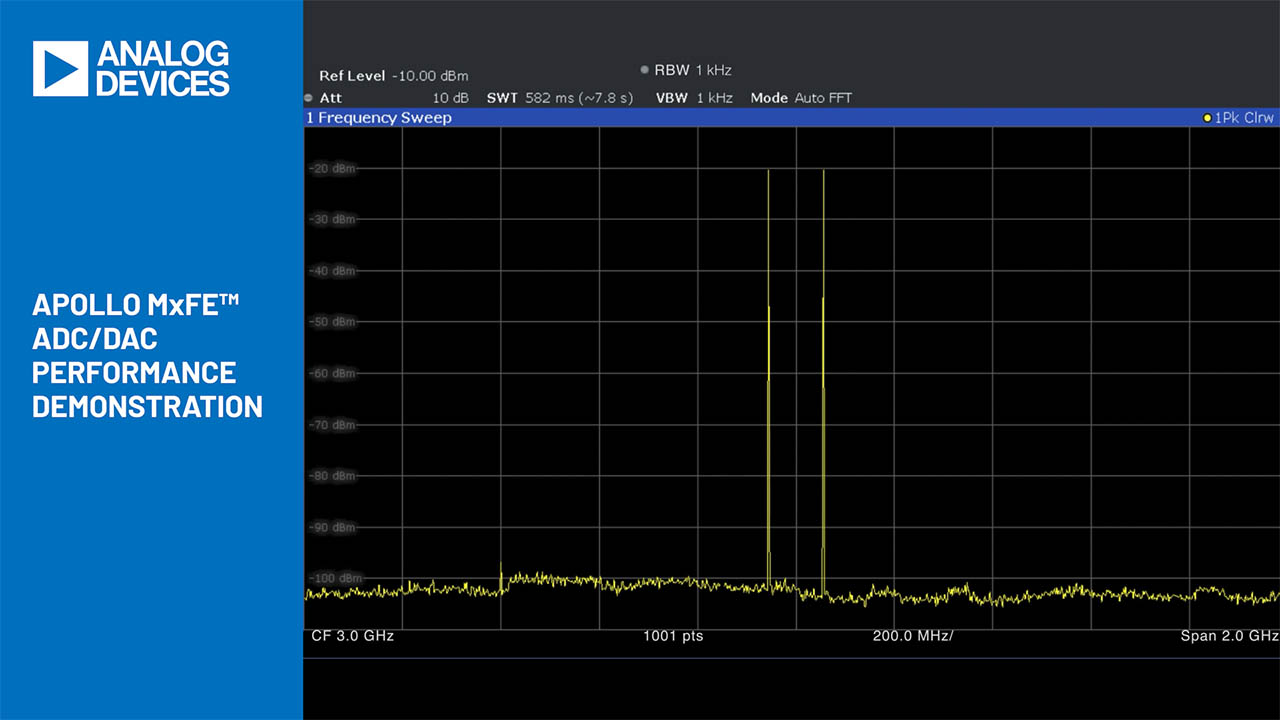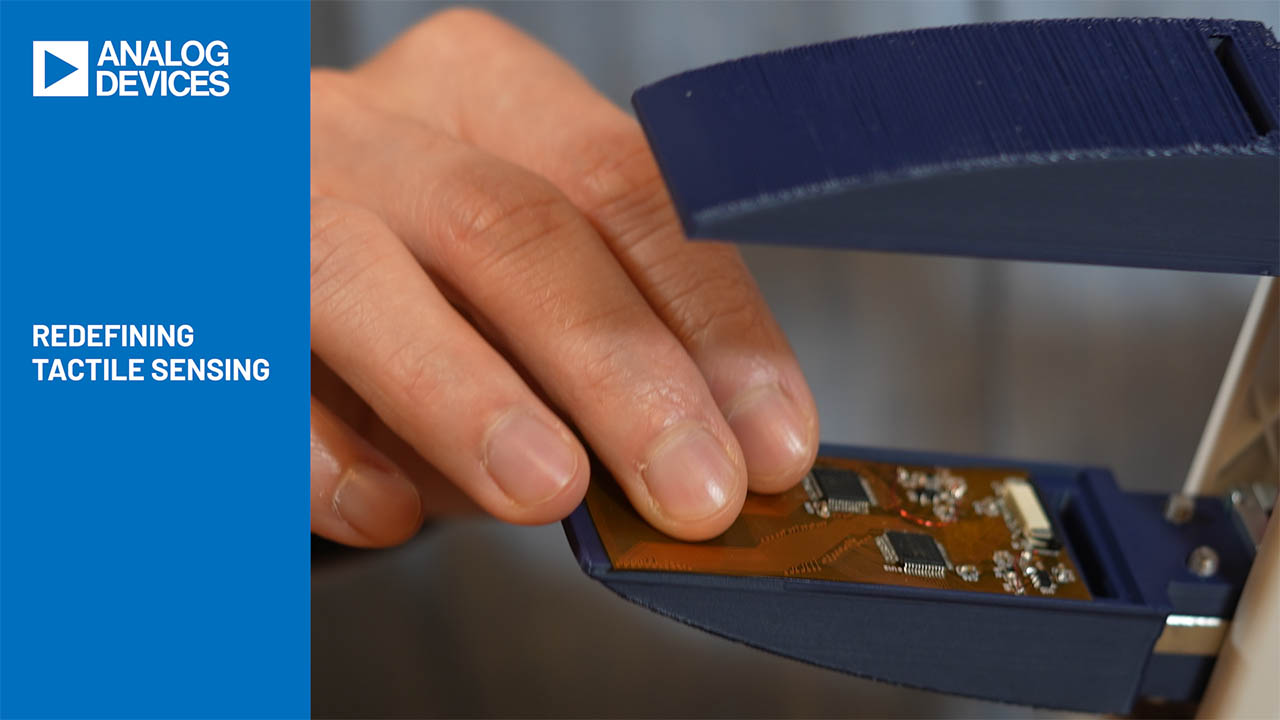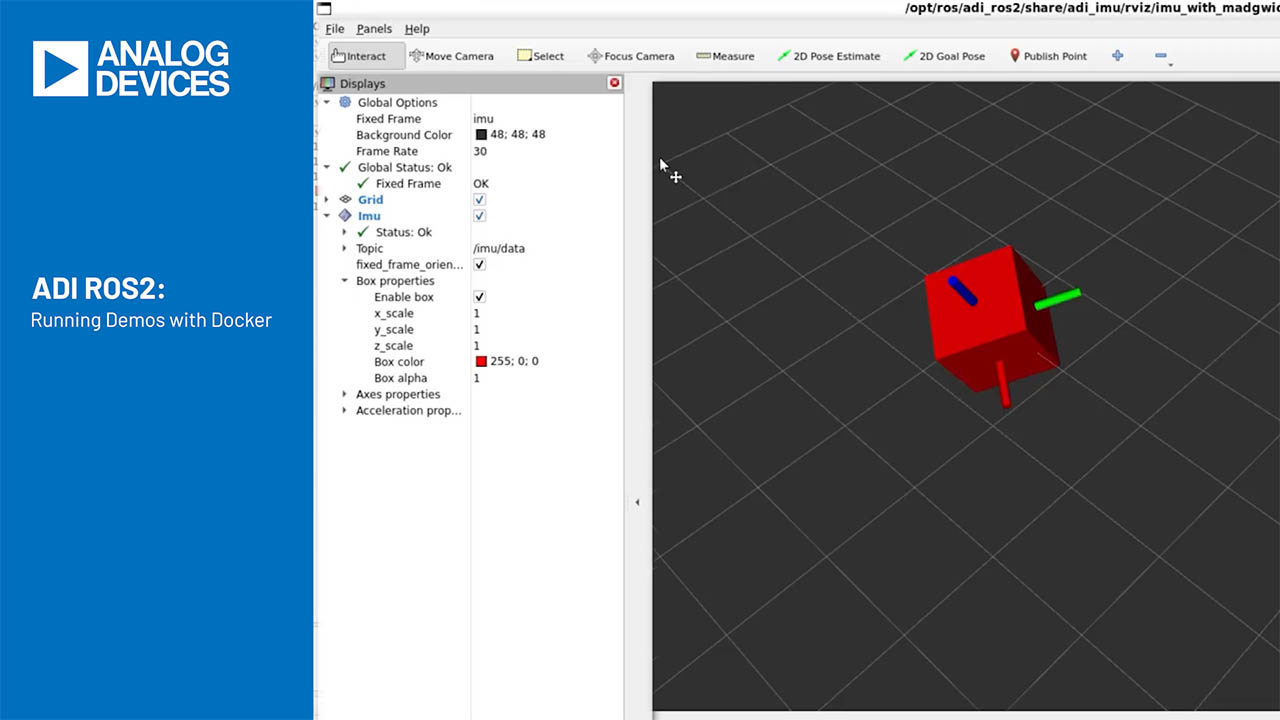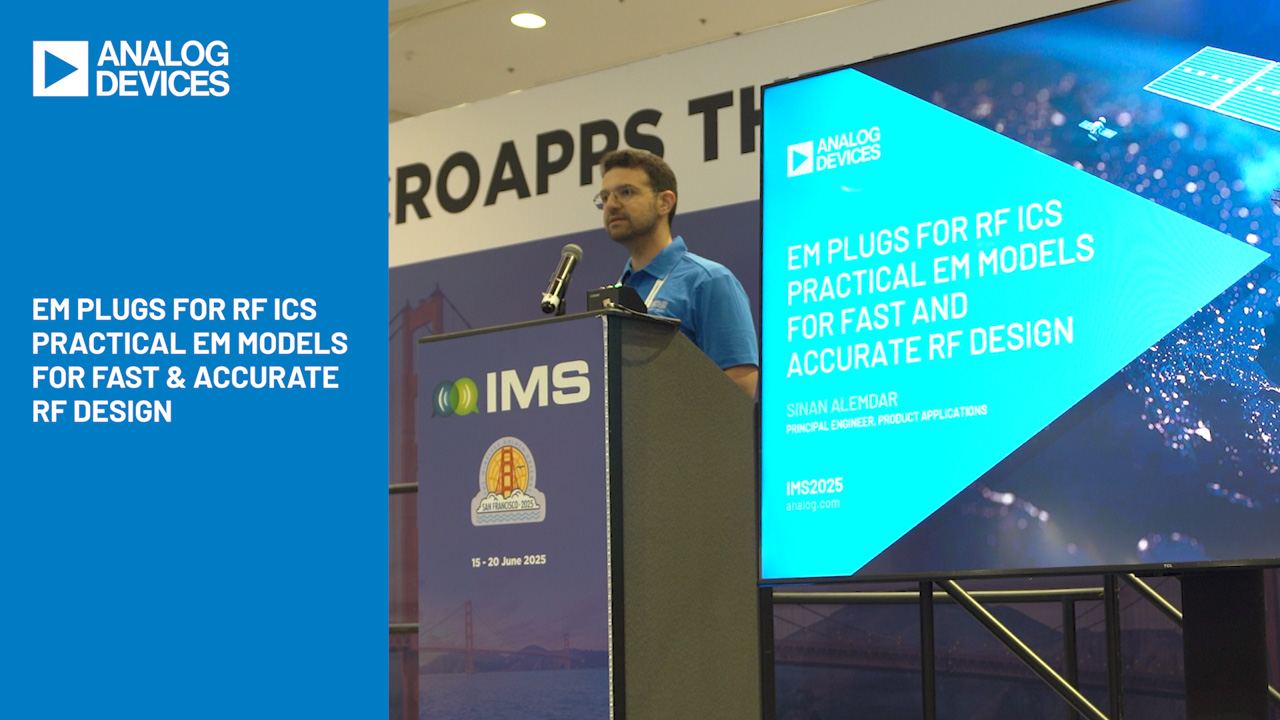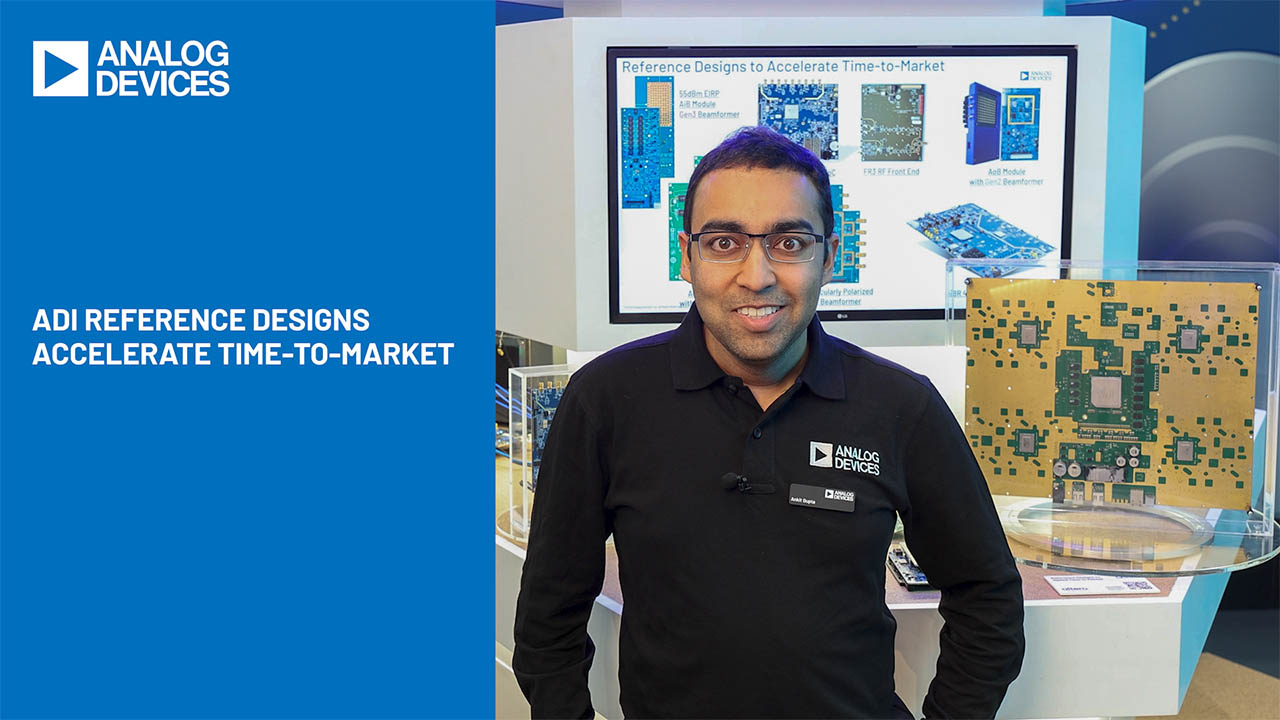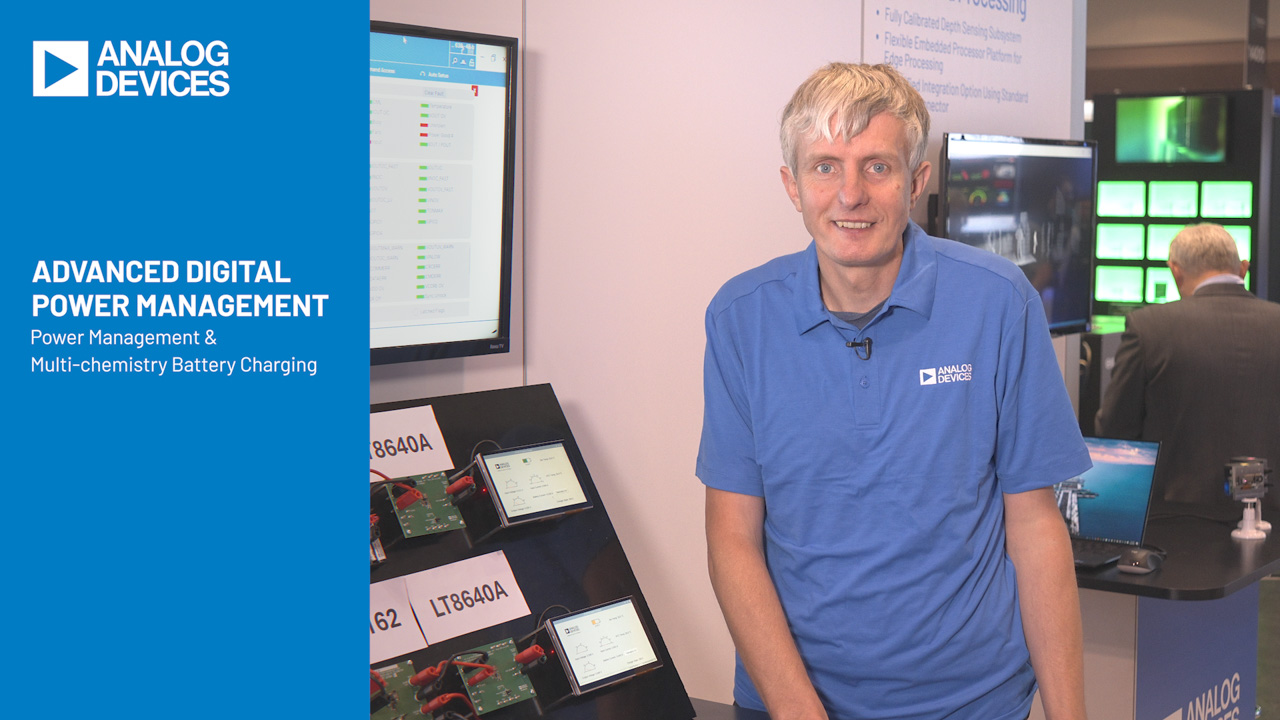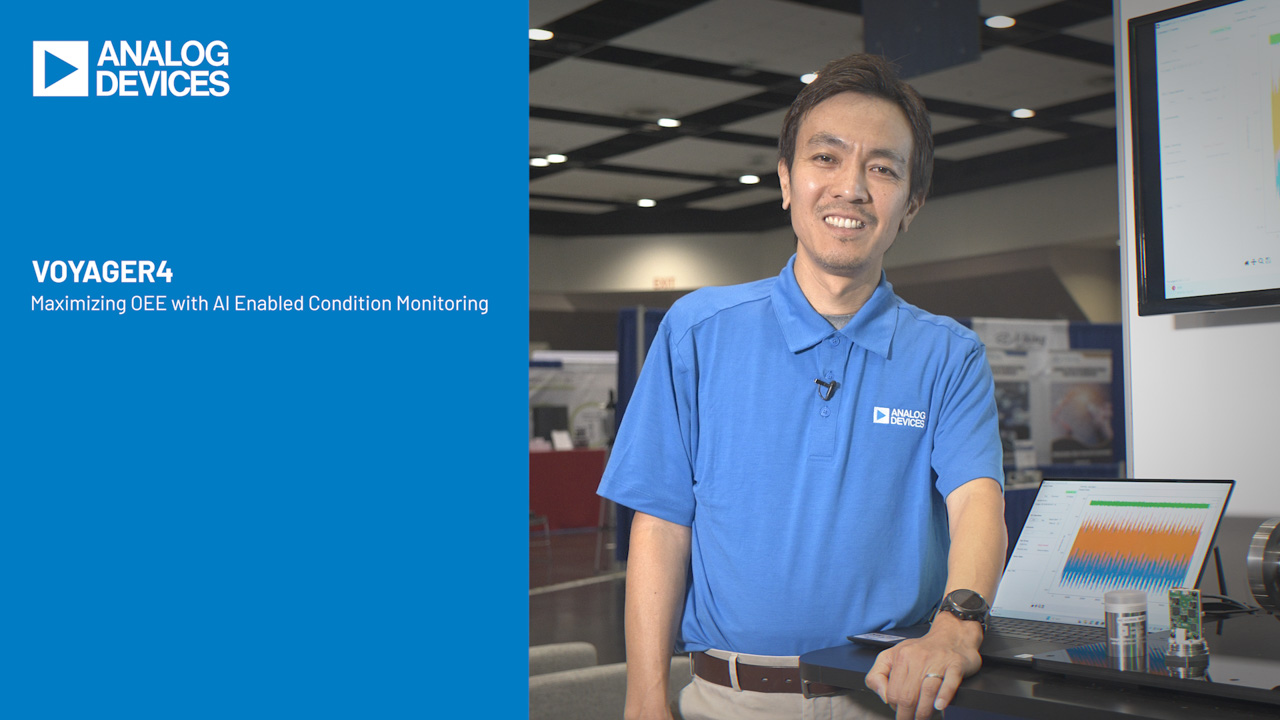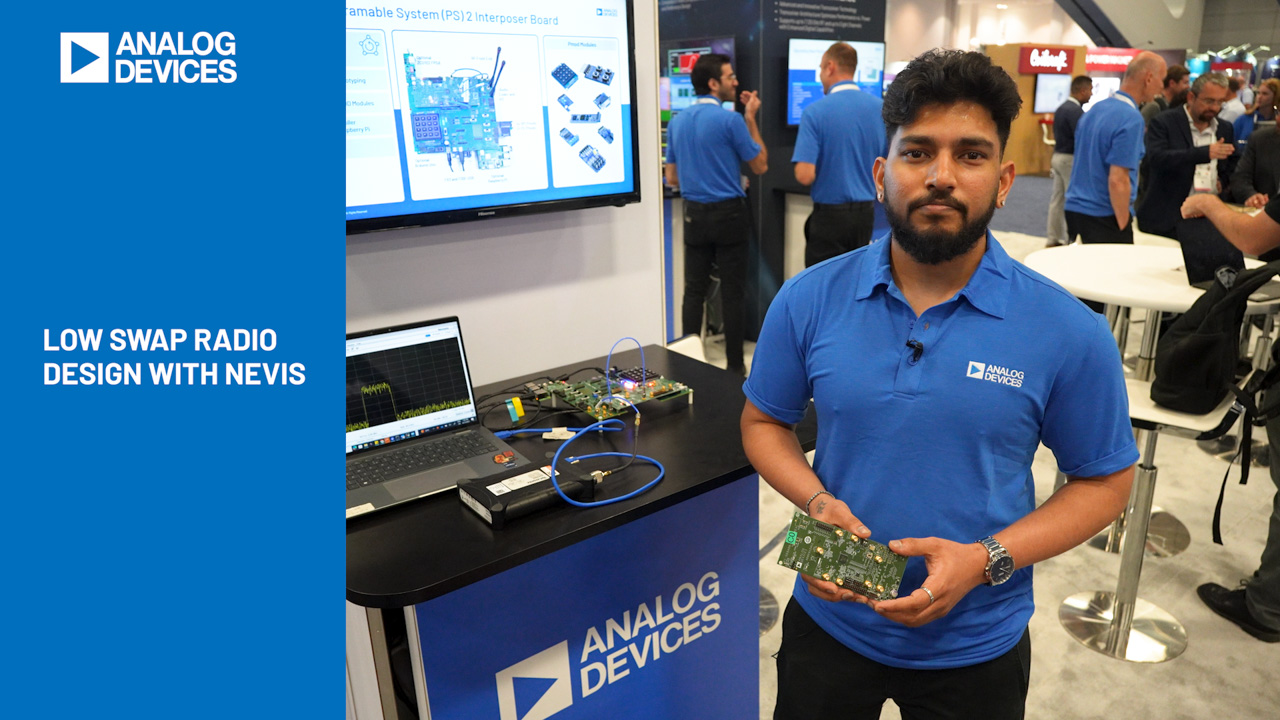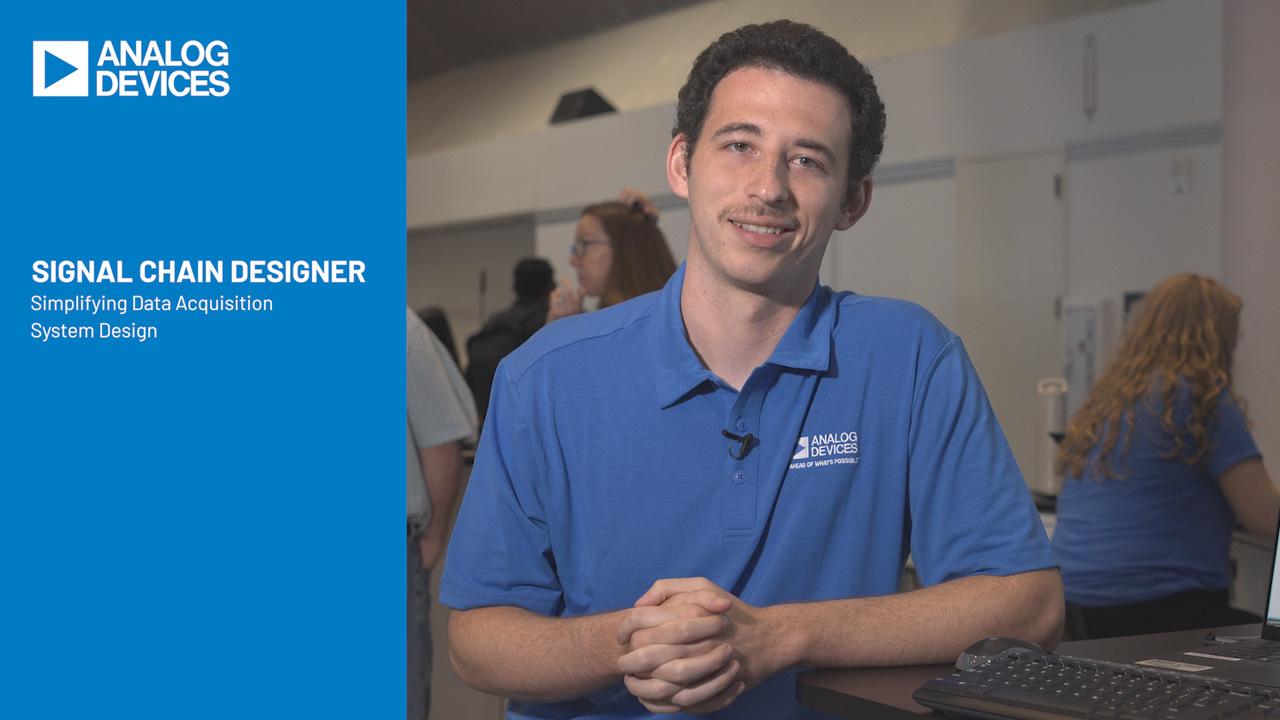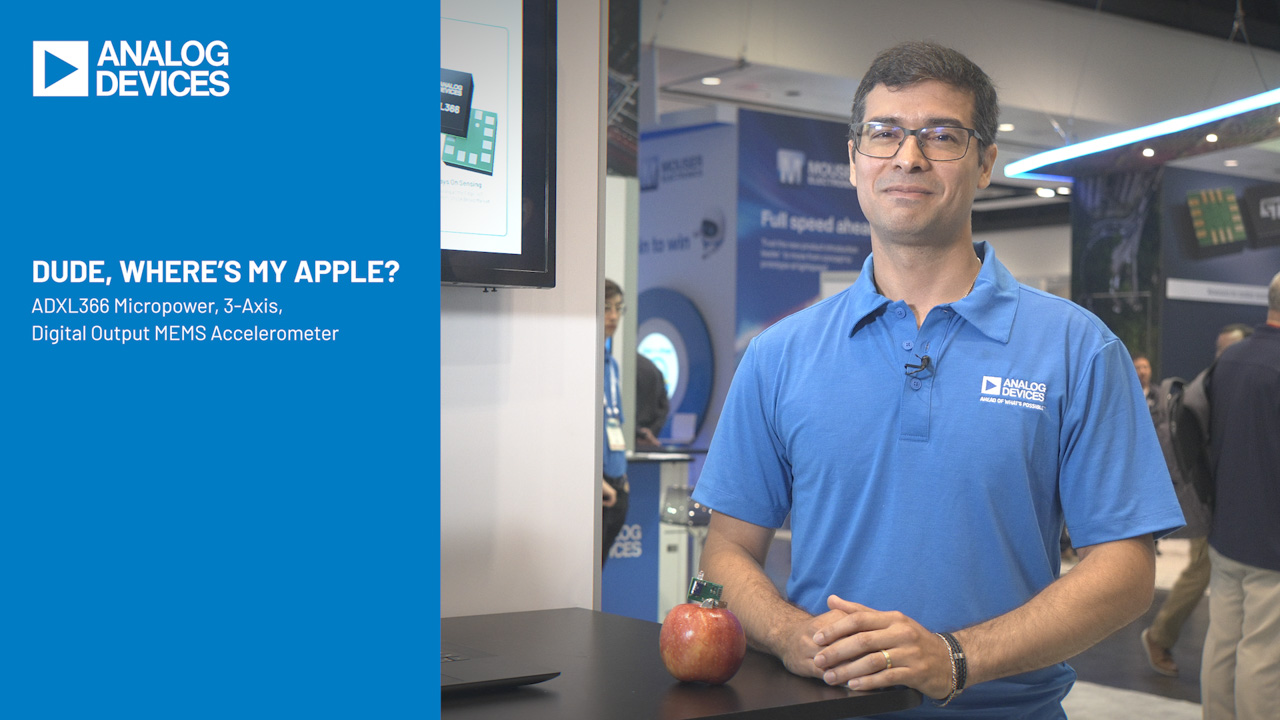Abstract
DirectDrive® is an architecture that eliminates the DC-blocking capacitor required on the output of traditional headphone amplifiers. This article describes the DirectDrive approach, how it works, and what advantages the technique offers.
Conventional Headphone Amplifiers
Most traditional headphone amplifiers used in battery-powered electronics are single-supply devices operating between a positive voltage and ground. This design results in an amplifier that can pass only positive signals. Audio signals, however, inherently swing positive and negative. So before a traditional single-supply amplifier can accept the audio signal, a DC bias must be added. This DC bias is typically half the supply voltage to allow maximum signal swing (Figure 1).

Figure 1. Conventional output waveform.
While a DC bias is necessary for the amplification, speakers require a signal without DC bias. When a DC bias is applied to a speaker, the speaker cone physically shifts from its neutral point to a point that is closer to the maximum excursion of the cone on one side. This means that the speaker can no longer generate as much sound pressure without distortion The DC signal also causes DC power to be dissipated in the voice coil, thus wasting power and unnecessarily heating the speaker. In extreme cases, this heating can permanently damage the speaker.
To prevent the DC bias from reaching the speaker, a DC-blocking capacitor is typically used. This capacitor combined with the mostly resistive load creates a highpass filter. Since typical headphone loads are equivalent to a 32Ω resistor, the capacitor must be quite large to avoid blocking the desired portion of the audio bandwidth. If full extension down to 20Hz is required, at least 250µF of capacitance must be used to ensure no more than 3dB of attenuation at 20Hz. If 16Ω headphones are used, then the DC-blocking capacitor must be at least 500µF. While some systems have enough space for relatively inexpensive aluminum electrolytic capacitors of this size, most portable devices do not have room for such capacitors. In these latter systems more expensive tantalum capacitors must be used to save space, but even these capacitors consume significant board real estate. Finally, smaller capacitors are often used to save space and cost, but that sacrifices flat frequency response to 20Hz. Figure 2 shows the frequency response that results from several standard capacitor sizes.

Figure 2. The frequency response for a conventional headphone amplifier with a 16Ω load.
DirectDrive Technology
DirectDrive headphone amplifiers eliminate the need for a DC-blocking capacitor on the output by eliminating the DC bias. Even though a DirectDrive headphone amplifier operates from a single supply, the amplifier passes both positive and negative signals. The negative swing is achieved through an onboard charge pump used to generate a negative supply that tracks the amplitude of the positive supply. With a dual supply now available, the amplifier is no longer required to operate from a single supply. It can be ground biased as shown in Figure 3.

Figure 3. The output waveform for an amplifier with DirectDrive technology.
The charge pump used in a DirectDrive design requires only two small ceramic capacitors to operate: one flying capacitor and one hold capacitor. These capacitors are typically 1µF and can be as small as 0402. This specification results in significant space savings when compared to a conventional headphone amplifier with 220µF output capacitors, and provides superior performance (Figure 4).

Figure 4. a) Two 1µF charge-pump capacitors represent a major space savings compared to, b) two 220µF output coupling capacitors.
Direct Drive Advantages
Clearly, eliminating the output coupling capacitors required by a traditional headphone amplifier is a significant advantage in solution size and cost alone. But there are many other advantages gained by the DirectDrive approach.
- Click-and-Pop Suppression
One of the most apparent benefits of DirectDrive technology is the significant reduction in click and pop. With a traditional headphone amplifier, the output capacitor must be charged up every time the amplifier is enabled and discharged every time the amplifier is disabled. This charging and discharging process can create a noticeable "pop" because current must be pulled through the headphones (Figure 5). By eliminating the capacitors, DirectDrive thus eliminates a major source of click and pop.

Figure 5. Data showing click and pop for: a) conventional headphone amplifiers; and b) DirectDrive headphone amplifiers.
- Better Bass Performance
The highpass filter created by the DC-blocking capacitor and the resistive headphone load also has an audible effect. In most systems, it is not possible to include a capacitor that will allow for full 20Hz to 20kHz frequency response. To save space and cost, a smaller-than-ideal capacitor is used, thereby increasing the low-frequency roll-off point and adversely affecting the system's bass performance. This performance deficiency is exacerbated when 16Ω headphones are used. Typical systems are designed for 32Ω headphones; when 16Ω headphones are connected, the low-frequency corner is doubled, further cutting into the audible bass frequencies.
With the DirectDrive approach, however, the highpass filter is completely eliminated, thereby allowing the input coupling capacitor to set the corner frequency. Since the input impedance of the amplifier is typically over 10kΩ, only a 1µF or smaller capacitor is required to ensure full audio bandwidth. - Low-Voltage Operation
DirectDrive technology allows the headphone amplifier to operate directly from the supply used by the system's major digital ICs. By operating from a supply lower than the battery voltage, the headphone amplifier becomes more efficient. While 3.3V or even 2.5V supplies used to be common, 1.8V supplies are replacing these supplies. With traditional headphone amplifiers, only 10mW of output power (into a 32Ω load) is theoretically possible from a 1.8V supply. DirectDrive amplifiers, however, double the supply voltage available to the amplifier, thereby allowing up to 40mW of output power from the same supply voltage. Thus, the amplifier can operate as efficiently as possible in modern systems while still generating sufficient sound levels. - 2VRMS Line Output Amplifiers
The doubled supply voltage that DirectDrive generates has a secondary advantage in systems that require a 2VRMS audio output. Typically these systems have a 5V supply readily available. But a 5V supply in conjunction with a standard amplifier is insufficient to output 2VRMS; a higher supply voltage is necessary to achieve the 2VRMS output level. With the DirectDrive approach, well over 2VRMS is possible from a 5V supply since the available supply voltage is already doubled onboard. - Reduced Distortion
Finally, the output capacitor used in a traditional headphone can contribute significant distortion to the audio signal at low frequencies. Near the low-frequency corner, the voltage coefficient of the capacitor causes it to become nonlinear and introduces distortion into the audio signal. In some cases this distortion can be as much as 1%, which is both audible and measurable (Figure 6). By eliminating the coupling capacitor, DirectDrive eliminates this source of distortion.

Figure 6. Distortion from output coupling capacitors.
Summary
DirectDrive headphone amplifiers improve on conventional single-supply headphone amps in many ways. The technology reduces solution size, saves cost, and improves audio quality with only a small increase in silicon.
A similar article appeared on CMP's Audio Design Line in February 2007.





